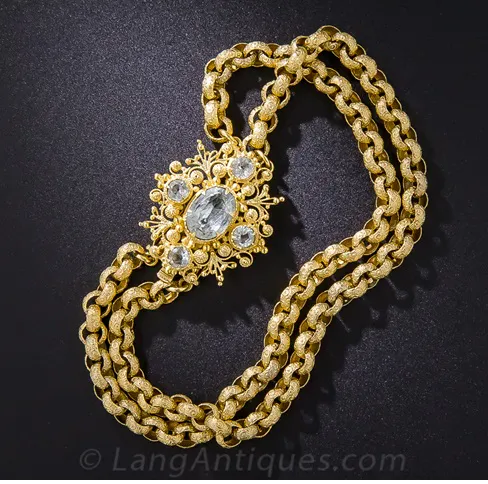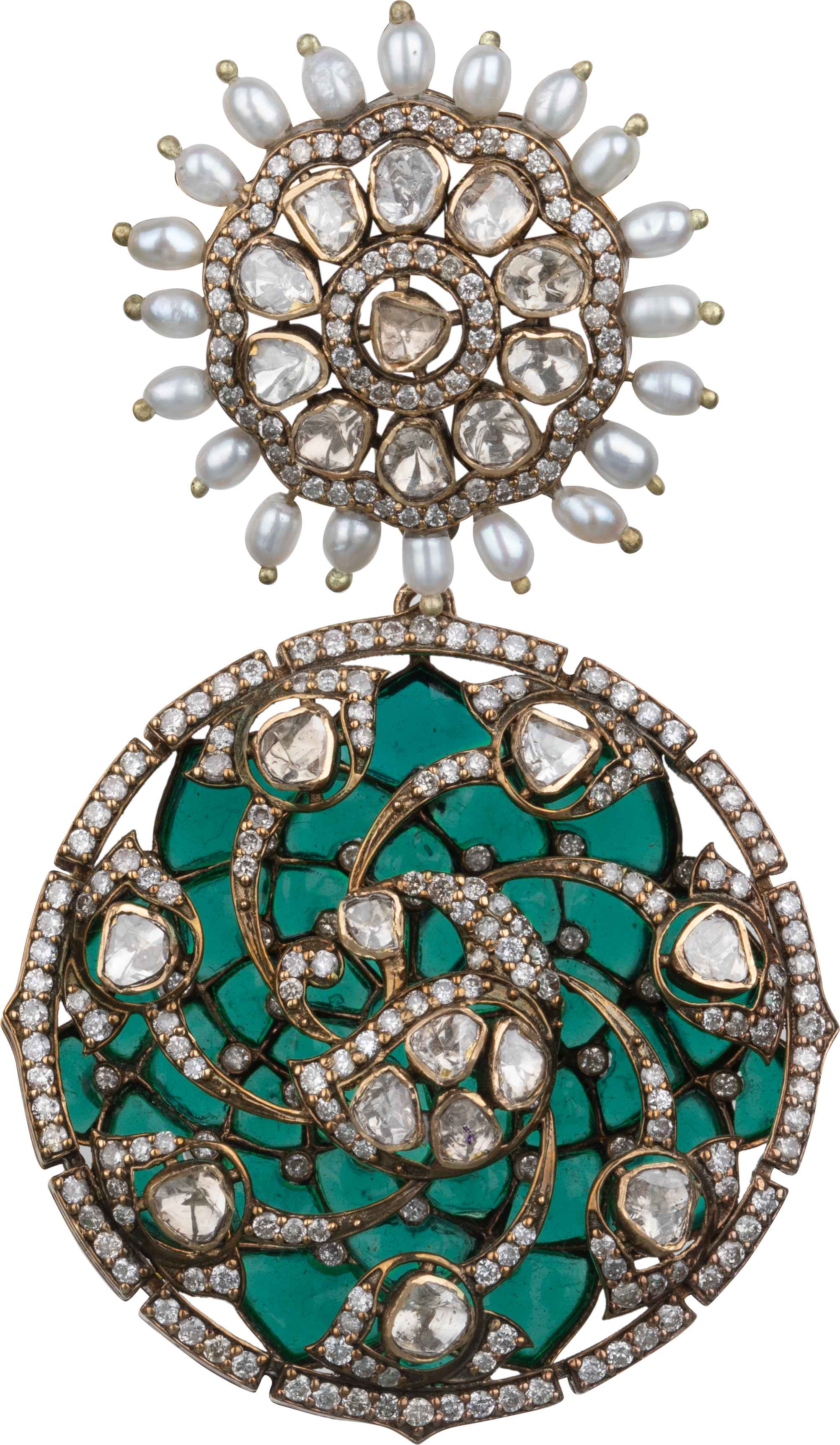
We can broadly classify the Georgian ear in 3 periods and each period distinguishes itself from one another.
Early Georgian (1714-1760): Also known as the "Georgian Rococo" or "Pre-Georgian" era, this period saw the influence of Baroque and Rococo styles. Jewellery during this time was characterized by intricate and detailed designs, often featuring natural motifs such as flowers, leaves, and animals. The jewellery was handcrafted, and techniques like foil-backing were used to enhance the brilliance of gemstones.
Mid-Georgian (1760-1790): This period, also known as the "Neoclassical" era, was heavily influenced by classical Greek and Roman art. Jewellery designs were more symmetrical, with clean lines and geometric shapes. Popular motifs included cameos and intaglios carved from gemstones, portraying classical figures or scenes.

Late Georgian or Regency (1790-1830): During this period, the focus was shifted from the symmetry of the Neoclassical era to more romantic and sentimental designs. Jewellery often featured motifs like hearts, flowers, and bows, reflecting the Romantic movement of the time. The use of seed pearls became popular, along with rose-cut diamonds and coloured gemstones like turquoise, coral, and pearls. Yellow gold gained popularity, and the craftsmanship became more intricate with the rise of the "repoussé" technique.

This opulent earrings is a brilliant mix of the 3 different periods of the Georgian era. The precious stones are beautifully set in symmetrical pattern with the elements of nature. It is studded with lustrous uncut diamonds, fine cut diamonds and emeralds.
 (1).jpg)
1,000 times rarer than a diamond
Tanzanite, the stone is expected to be completely mined out in the next couple of decades, which further increases the rarity of the stone. The most loved feature of Tanzanite as a gemstone is the brilliant colour quality that it possesses.
